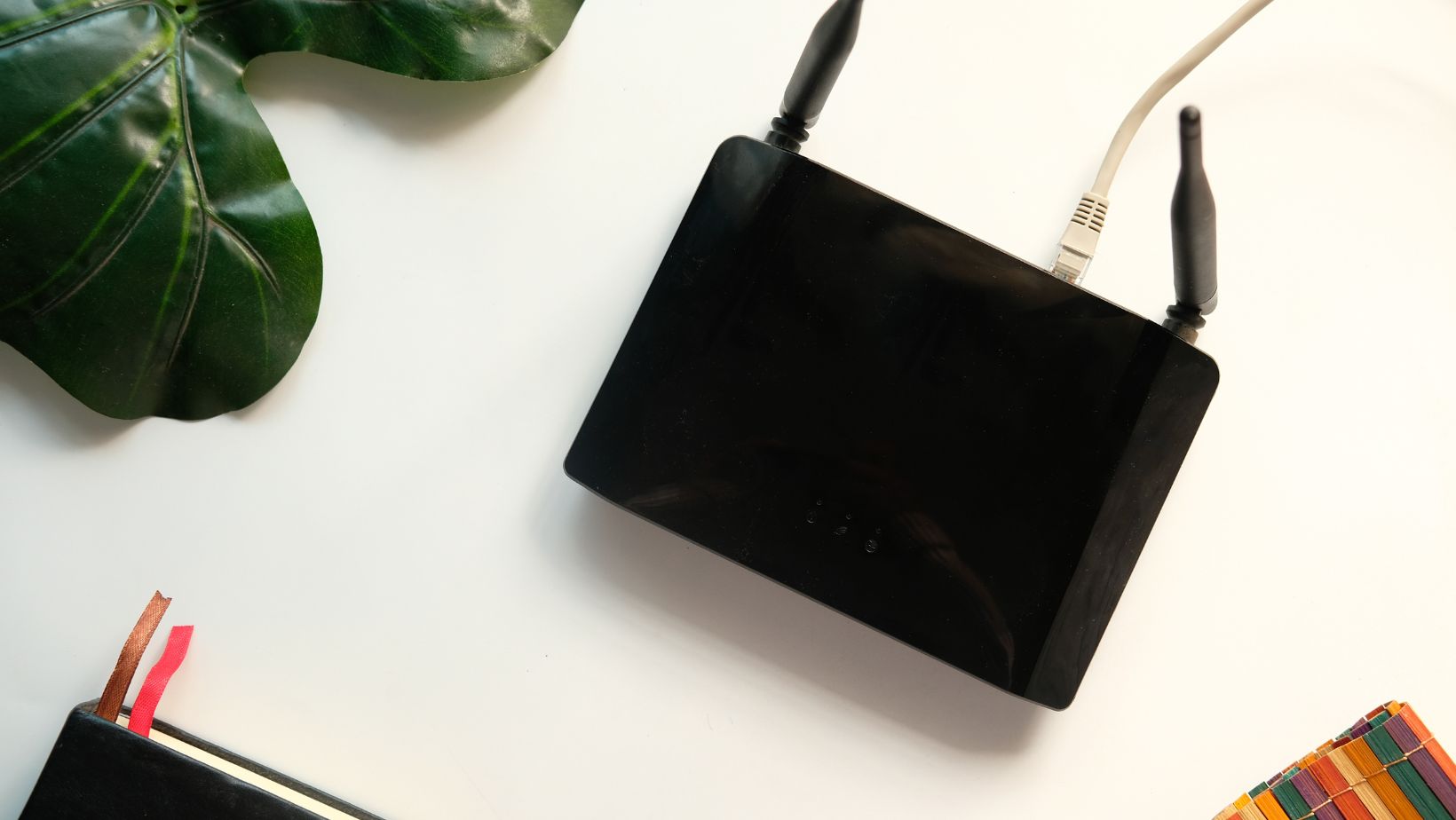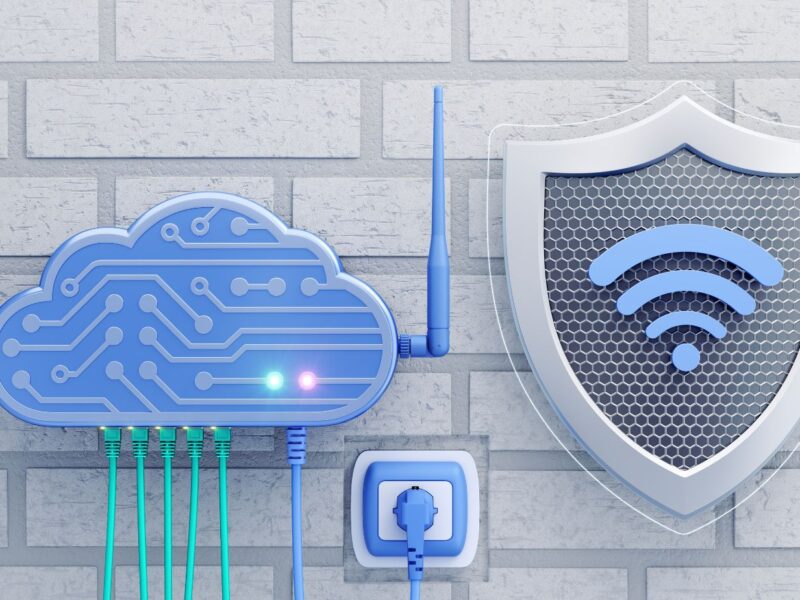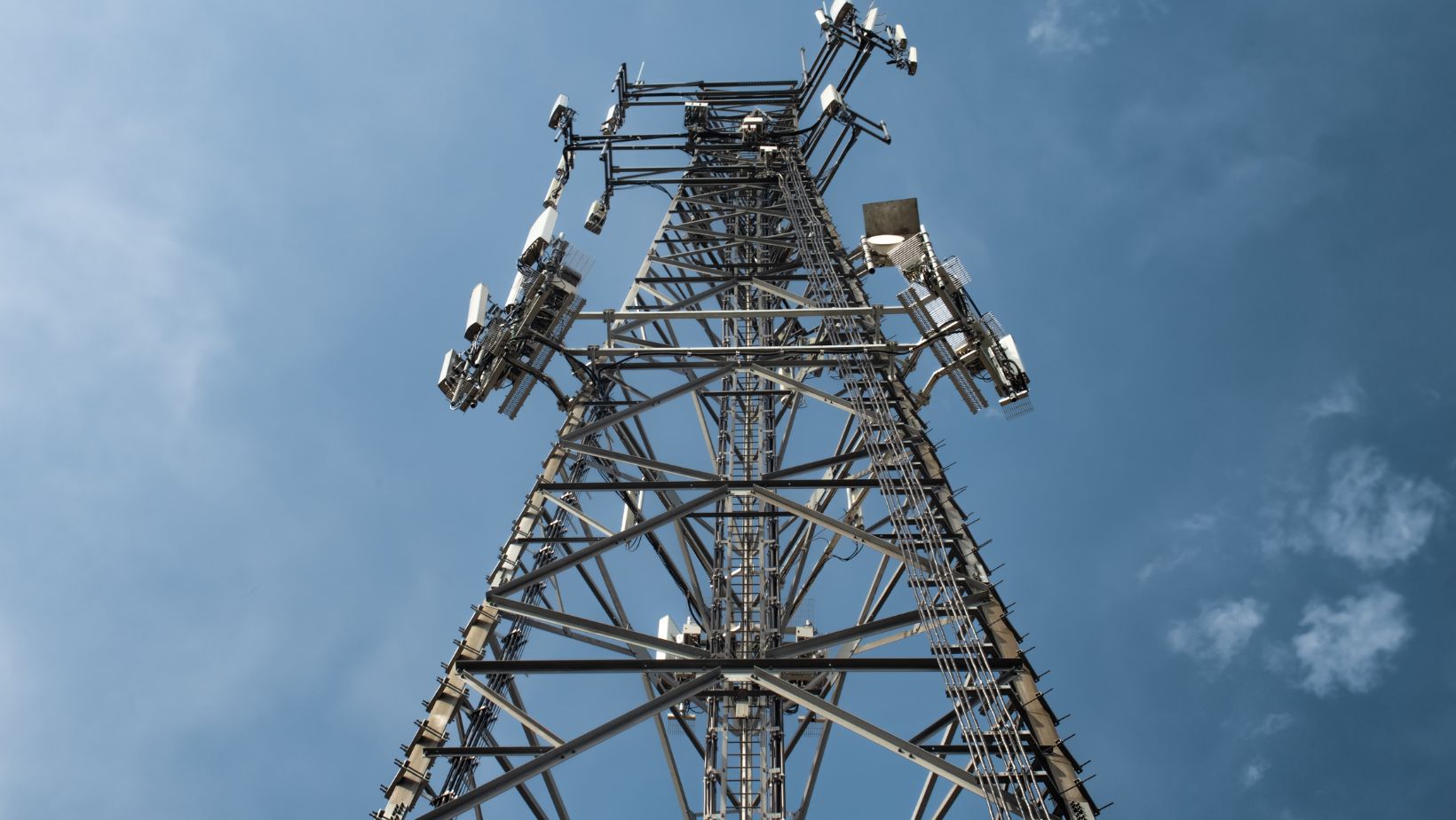Slow Wi-Fi can be frustrating, especially when you’re trying to stream a movie, join a video call, or load a web page quickly. The good news is that you don’t have to settle for sluggish speeds. There are several practical fixes to improve your browsing experience and ensure you enjoy fast internet without interruptions. Let’s explore some common reasons for slow Wi-Fi and actionable steps to solve them.
Optimize Your Router Placement
Your router’s location plays a crucial role in Wi-Fi performance. Placing your router in a central, elevated position can significantly improve signal strength and coverage throughout your home. 
Quick Tips
- Position the router away from corners and walls.
- Keep it off the floor and place it on a shelf or desk.
- Avoid areas with heavy electronic interference.
Upgrade Your Router’s Firmware
Outdated firmware can limit your router’s performance. Manufacturers frequently release updates to improve speed, fix bugs, and enhance security. Check your router’s manual or log in to the router’s settings page to see if updates are available. Upgrading firmware is typically straightforward and can make a noticeable difference in speed and stability.
Check for Bandwidth Hogs
If your Wi-Fi is shared among multiple devices, someone streaming 4K videos or downloading large files could be using up most of the bandwidth. This can slow down browsing for everyone else. To fix this, log in to your router’s settings and check for bandwidth monitoring tools. You can prioritize certain activities, like web browsing or gaming, to ensure a smoother experience.
Steps to Manage Bandwidth
- Access your router settings (often at 192.168.0.1 or a similar address).
- Look for Quality of Service (QoS) settings.
- Set priority for devices or applications that require fast speeds.
Reduce Interference from Other Networks
In densely populated areas, nearby Wi-Fi networks can interfere with your signal. Changing your router’s channel to a less crowded one can reduce interference and improve speed. Many routers have an auto-channel selection feature, but you can manually select channels using a Wi-Fi analyzer app.
How to Change Wi-Fi Channels
- Download a Wi-Fi analyzer app to find the least crowded channel.
- Log in to your router’s settings.
- Navigate to wireless settings and select a new channel.
Upgrade Your Router or Modem
Older routers and modems may not support modern internet speeds. If you’ve had your equipment for more than five years, it might be time for an upgrade. Look for routers that support the latest Wi-Fi standards, such as Wi-Fi 6, which offers faster speeds and better performance in multi-device households.
Features to Look for in a New Router
- Dual-band or tri-band capability.
- Support for the latest Wi-Fi standards.
- Strong security features.
Use a Wi-Fi Extender or Mesh System
If you have a large home or thick walls that block the Wi-Fi signal, a Wi-Fi extender or mesh system can help. Extenders boost your router’s signal to reach dead zones, while mesh systems create a network of nodes to ensure even coverage across your home. These solutions are particularly useful for households with multiple floors or outdoor areas.
Secure Your Network
Unsecured Wi-Fi can be an open invitation for neighbors or strangers to use your connection, slowing down your internet. Protect your network with a strong password and enable WPA3 encryption for maximum security. Regularly check connected devices to ensure only authorized users are on your network.
Tips for Securing Your Network
- Use a strong, unique password.
- Regularly update your router’s security settings.
- Monitor connected devices in your router’s dashboard.
Test Your Internet Speed
Sometimes, slow browsing isn’t caused by your Wi-Fi but by your internet service provider (ISP). Use online tools like Speedtest.net to check your internet speed. If the results are consistently lower than what you’re paying for, contact your ISP to resolve the issue or consider switching providers.
Restart Your Router Regularly
It may sound simple, but restarting your router can resolve many connectivity issues. Routers can become overloaded with data over time, leading to slower speeds. A quick reboot clears the cache and refreshes the connection.
Improving your Wi-Fi speed doesn’t have to involve complex tech jargon or expensive upgrades. With these easy fixes, you can enjoy a more seamless browsing experience and make the most of your internet connection. Start with these tips and see just how much faster your Wi-Fi can be.

